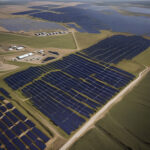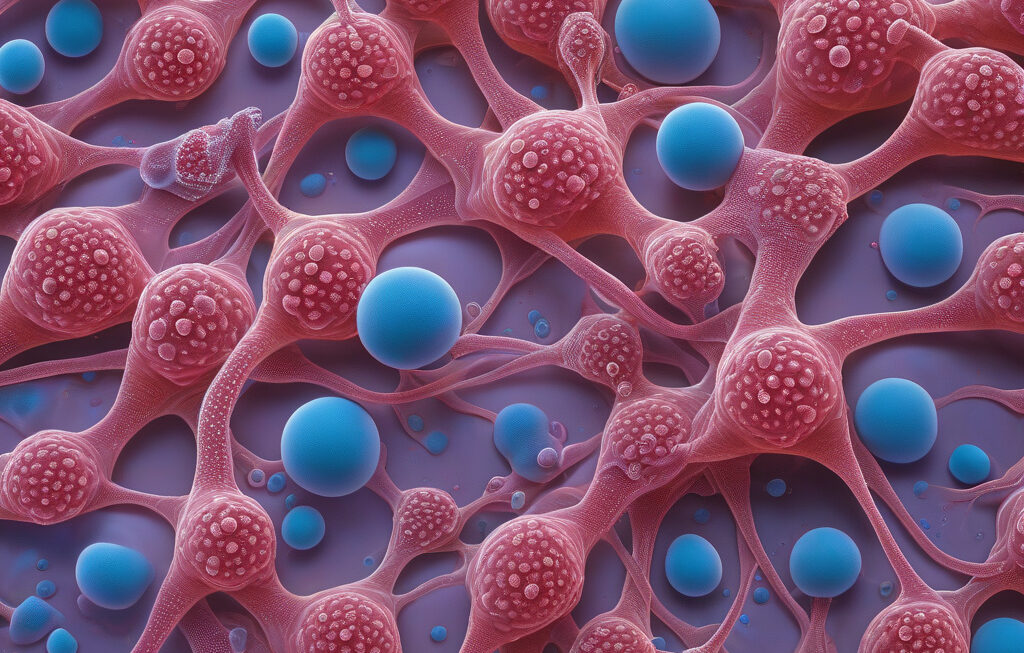Researchers trace drugs and diseases from DNA drifting through city air
DNA is in the air, and scientists are finally learning how to read it. In a groundbreaking study conducted by researchers from the University of Hong Kong, it was discovered that DNA fragments from humans, animals, and plants can be found in the air we breathe in urban environments. This discovery opens up a whole new realm of possibilities for tracking the spread of diseases, monitoring drug use in communities, and even identifying the presence of endangered species in a particular area.
The study, which was published in the journal Science Advances, utilized high-throughput DNA sequencing technology to analyze the airborne DNA samples collected from various locations in Hong Kong. The researchers were able to identify not only human DNA, but also DNA from a wide range of sources including bacteria, fungi, and viruses. This breakthrough has the potential to revolutionize the way we approach public health, environmental monitoring, and even forensic investigations.
One of the most exciting applications of this technology is its potential to track the spread of diseases through a population. By analyzing the airborne DNA for specific pathogens, researchers could potentially detect the presence of infectious diseases such as COVID-19 in a community before traditional testing methods would pick them up. This early detection could be crucial in containing outbreaks and preventing the spread of illness.
Another fascinating use of airborne DNA analysis is in monitoring drug use in urban areas. The researchers were able to detect traces of drug metabolites in the air, providing a non-invasive way to track drug use patterns in a community. This information could be invaluable for public health officials and law enforcement agencies in identifying drug hotspots and designing targeted interventions.
Furthermore, airborne DNA analysis could also be used for environmental monitoring and conservation efforts. By analyzing the DNA of plants and animals present in the air, researchers could assess biodiversity in a particular area without the need for invasive surveys. This non-invasive approach could revolutionize the way we monitor and protect endangered species and fragile ecosystems.
While the technology is still in its early stages, the potential applications of airborne DNA analysis are vast. From tracking diseases to monitoring drug use and assessing biodiversity, the ability to read the DNA drifting through city air opens up a world of possibilities for researchers and policymakers alike. As this field continues to evolve, we can expect even more innovative uses for this technology in the years to come.
In conclusion, the study conducted by researchers from the University of Hong Kong represents a major milestone in the field of environmental DNA analysis. By tracing drugs and diseases from DNA drifting through city air, scientists have unlocked a powerful tool for public health, law enforcement, and conservation efforts. The future implications of this research are profound, and we can only imagine the transformative impact it will have on our society.
DNA, Airborne, Research, Diseases, Innovation












